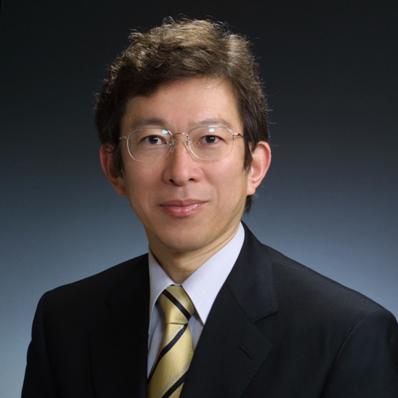IEEE ICMA2006 Conference
Plenary Talk
Human-robot Interaction and Coordination
- Robot Helpers, Robotic Assistive Systems, and Dance
Partner Robots
-
Kazuhiro Kosuge,
Ph.D.
Professor
Department of Bioengineering and Robotics
Tohoku University,
Japan
Tel: +81-22-795-6914, Fax:
+81-22-795-6915,
kosuge@irs.mech.tohoku.ac.jp

Abstract:
More than 45
years have passed, since robots have been introduced for industrial
applications as industrial robots. Robotics technology, which has been
matured enough to be applied to several systems in our daily life, is
expected to be one of the key technologies for the aging society. In this
presentation, we consider how the robotics technology has been and will be
utilized in human environments. The word 乬robotics乭 means both the robot
science and the robot engineering, although emphasis has been put on the
scientific part in academia. Actually, the engineering part has also
contributed a lot to produce many systems in our daily life. Recent home
appliances, automobile technologies, power assisted devices, etc. will be
introduced as examples of systems with robotics technology inside. These
examples show how the robotics technology has brought us new attractive
but relatively simple applications. The human-robot interaction is one of
the key issues to bring the robotics technology into human environments
further.
We introduce a
mobile robot helper and distributed robot helpers as examples of
human-robot interaction and coordination for handling an object. A walking
helper and a wearable walking helper are introduced as robotic assistive
devices. RT walker is introduced as an example of a passive realization of
robotic walking assist systems. Finally, a dance partner robot, which
plays a role of a female dancer, is introduced as a research platform for
advanced human-robot interaction and coordination. The ballroom dance
includes a lot of challenging problems. The dance is usually led by a male
dancer, and a female dancer has to estimate the following step through the
physical interaction with the male dancer in order to continue to dance.
The dance partner robot has knowledge of a dance, estimates the next step
led by a male dancer, and generates the step in coordination with the male
dancer.
The research on
the dance partner robot will bring us new ideas of human-robot interaction
and coordination. Some of the recent results will be introduced to show
how the robotics for the dance partner robot is important for future
robotic systems.
Kazuhiro Kosuge is a Professor in the Department of Bioengineering
and Robotics. He received the B.S., M.S., and Ph.D. in control engineering
from the Tokyo Institute of Technology in 1978, 1980, and 1988
respectively. From 1980 through 1982, he was a Research Staff in the
Production Engineering Department, Nippon Denso Co., Ltd. (current DENSO
Co., Ltd.). From 1982 through 1990, he was a Research Associate in the
Department of Control Engineering at Tokyo Institute of Technology. From
1989 to 1990, he was a visiting scientist, Department of Mechanical
Engineering, Massachusetts Institute of Technology. From 1990 to 1995, he
was an Associate Professor at Nagoya
University
. From 1995, he has been
at
Tohoku
University
.
For more than 25 years, he has been doing research on robotics and various
robot control problems. He has over 200 technical publications in the area
of robotics and its applications to the real world. Currently he is an
AdCom member of IEEE
Robotics and Automation Society, and the Editor in Chief of Advanced
Robotics. He was a Vice President of IEEE Robotics and Automation Society
(1998-2001), a member of the board of the trustees of the Robotics Society
of Japan (1993-1994, 2001-2002), and a member of the board of trustees of
the Society of Instrumentation and Control Engineers (1999-2000). He also
served several academic meetings, which include the 1995 IEEE/RSJ
International Conference on Intelligent Robots and Systems (IROS'95) as a
Program Co-chair, ICRA'95 in Nagoya as a Steering Committee Vice-Co-chair,
a Program Co-chair of the IROS'98, SMC2001 as a Program Co-chair, ICAR2003
as a Program Co-chair, and AIM2003 as a Program Co-chair, and as the
General Chair of IROS2004. He received the JSME Awards for the best papers
from the Japan Society of Mechanical Engineers in 2002 and 2005, the RSJ
Award for the best papers from the Robotics Society of Japan in 2005, the
Original Paper Award, FANUC FA and Robot Foundation in 2004 and 2006, the
Best Paper Award of IROS'97, and the Outstanding Scientific Achievement
Award from the Robotics and Mechatronics Division of the Japan Society of
Mechanical Engineers in 1999. He is an IEEE Fellow and a JSME
Fellow.